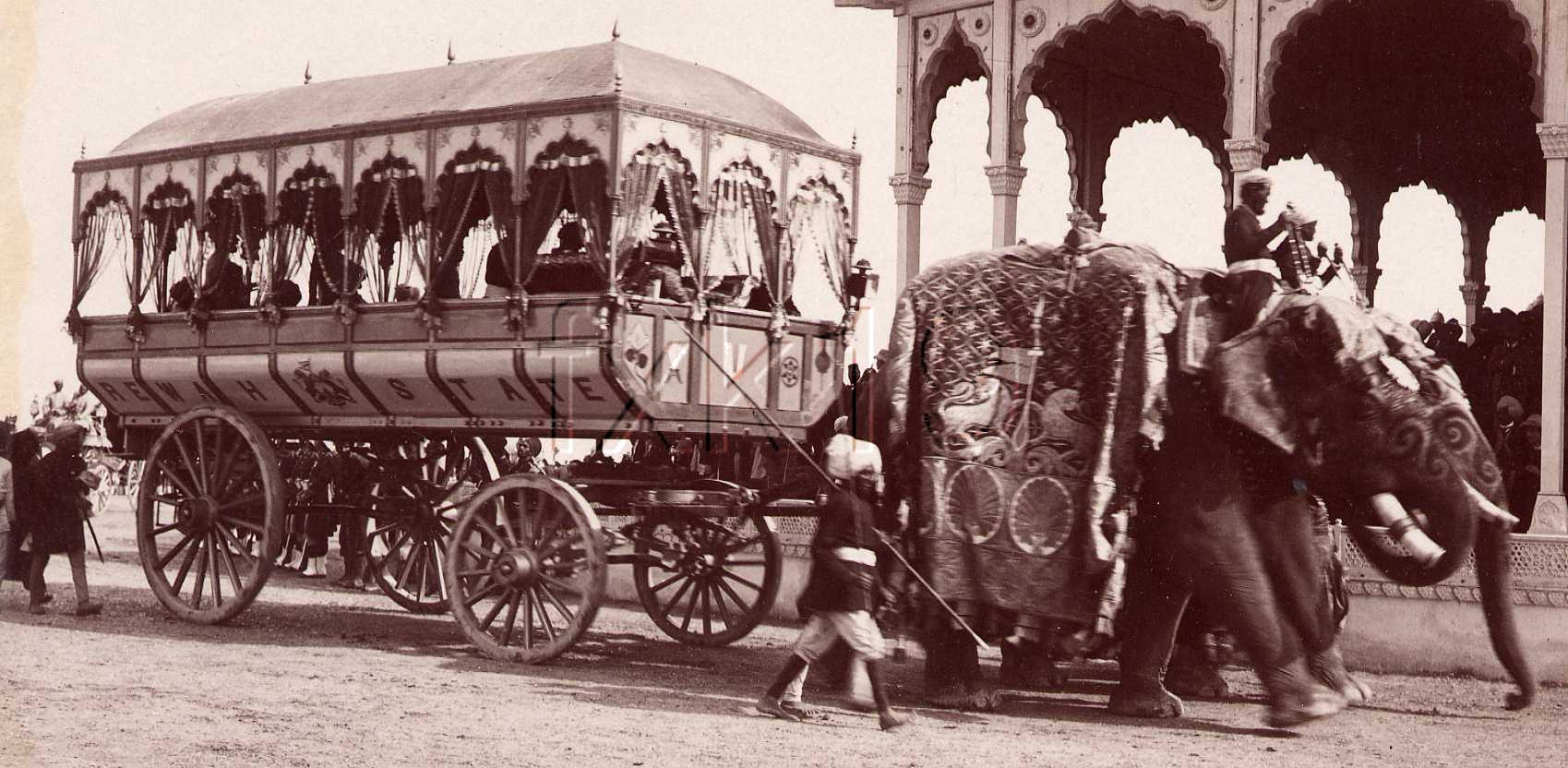third eye
ELITE MEMBER

- Joined
- Aug 24, 2008
- Messages
- 18,515
- Reaction score
- 13
- Country
- Location
The King’s Indian Orderly Officers
In 1903, the Viceroy of India issued a General Order establishing the annual appointment of Indian Orderly Officers to act as the King’s honorary bodyguard in the UK. Each year four officers from the Indian Army were selected by the Commander in Chief to attend the King at Court, and at any reviews or ceremonies that the King attended during the London season. When in London, the Indian Orderly Officers (IOOs) were looked after by a British Officer, who would take them to be fitted for their ceremonial uniforms, show them around London, accompany them on their official engagements and generally see that they had everything they needed during their stay.
1911: Major L C Jones, 5th Cavalry; Subadar Major Bahadur Ali Khan, 51st Sikhs (Frontier Force); Rissaldar Major Malik Sher Bahadur Khan, 26th King George's Own Light Cavalry; Rissaldar Major Abdul Karim Khan, 30th Lancers (Gordon's Horse); Subadar Major Muhammad Ismail, 32nd Mountain Battery.

1909: The photograph shows (from left): Major P Holland-Pryor, 13th Duke of Connaught's Lancers (Watson's Horse); Rissaldar Major Hanwant Singh, 3rd Skinner's Horse; Rissaldar Mangal Singh, 16th Cavalry; Subadar Major Rekha Ram, 6th Jat Light Infantry, and Subadar Major Prem Singh, 32nd Sikh Pioneers.

1919 : The officers shown are: Captain G van R Reyne, 1st Battalion, 76th Punjabis; Rissaldar Kunda Singh, 21st Prince Albert Victor's Own Cavalry (Frontier Force) Daly's Horse; Rissaldar Hargyan Singh, 14th Murray's Jat Lancers; Subadar Major Dalpat Singh, 1st Battalion, 6th Light Infantry; Subadar Fateh Singh, 24th Punjabis.

In 1903, the Viceroy of India issued a General Order establishing the annual appointment of Indian Orderly Officers to act as the King’s honorary bodyguard in the UK. Each year four officers from the Indian Army were selected by the Commander in Chief to attend the King at Court, and at any reviews or ceremonies that the King attended during the London season. When in London, the Indian Orderly Officers (IOOs) were looked after by a British Officer, who would take them to be fitted for their ceremonial uniforms, show them around London, accompany them on their official engagements and generally see that they had everything they needed during their stay.
1911: Major L C Jones, 5th Cavalry; Subadar Major Bahadur Ali Khan, 51st Sikhs (Frontier Force); Rissaldar Major Malik Sher Bahadur Khan, 26th King George's Own Light Cavalry; Rissaldar Major Abdul Karim Khan, 30th Lancers (Gordon's Horse); Subadar Major Muhammad Ismail, 32nd Mountain Battery.

1909: The photograph shows (from left): Major P Holland-Pryor, 13th Duke of Connaught's Lancers (Watson's Horse); Rissaldar Major Hanwant Singh, 3rd Skinner's Horse; Rissaldar Mangal Singh, 16th Cavalry; Subadar Major Rekha Ram, 6th Jat Light Infantry, and Subadar Major Prem Singh, 32nd Sikh Pioneers.

1919 : The officers shown are: Captain G van R Reyne, 1st Battalion, 76th Punjabis; Rissaldar Kunda Singh, 21st Prince Albert Victor's Own Cavalry (Frontier Force) Daly's Horse; Rissaldar Hargyan Singh, 14th Murray's Jat Lancers; Subadar Major Dalpat Singh, 1st Battalion, 6th Light Infantry; Subadar Fateh Singh, 24th Punjabis.






















